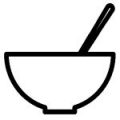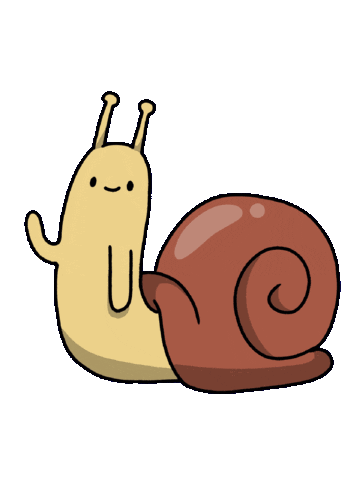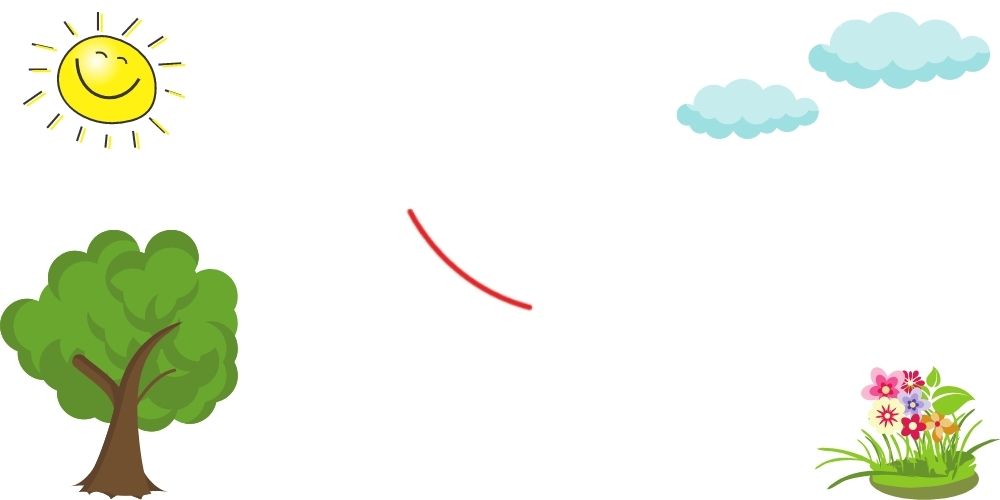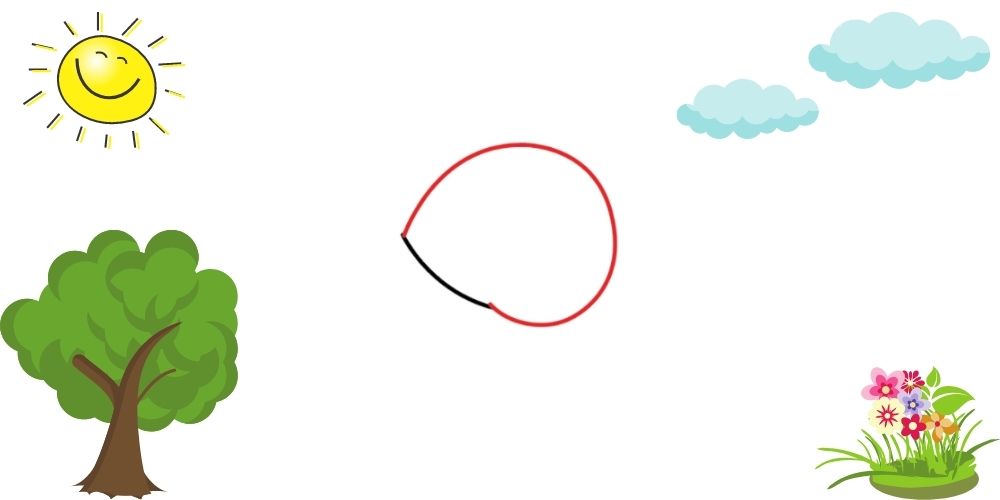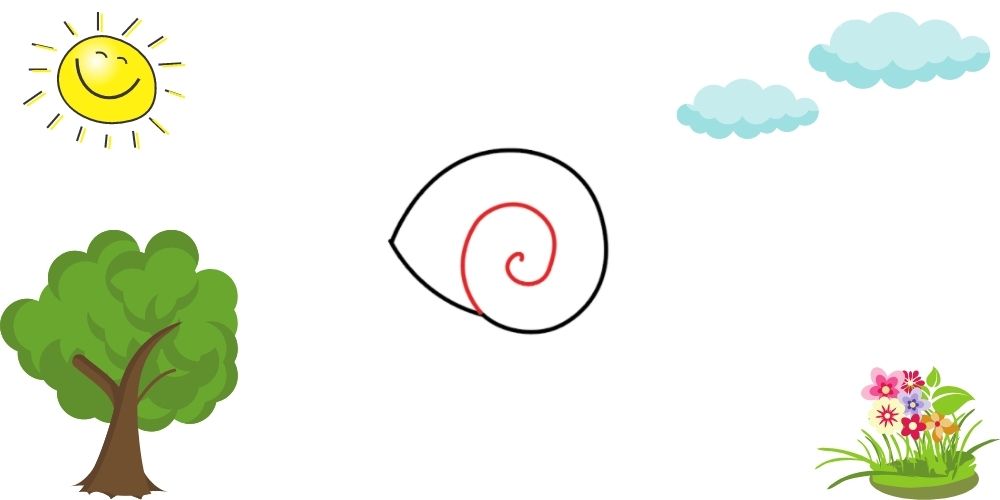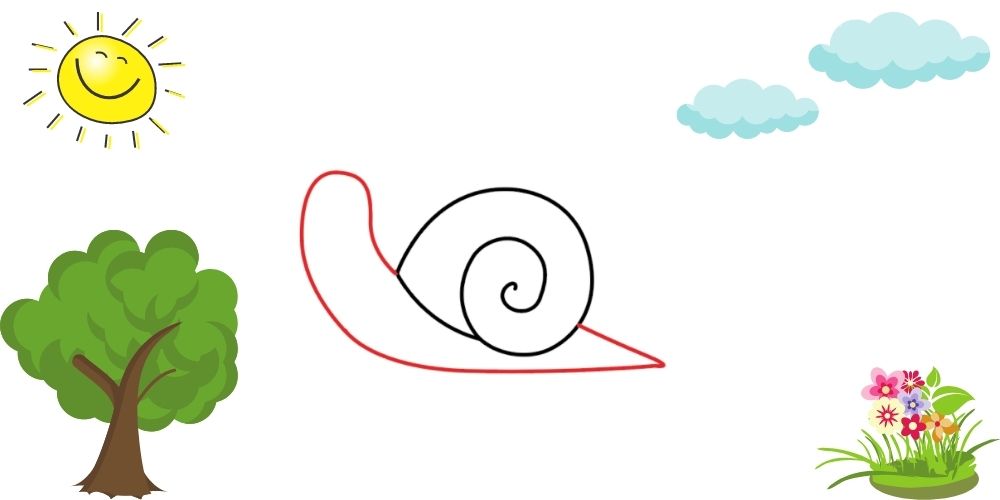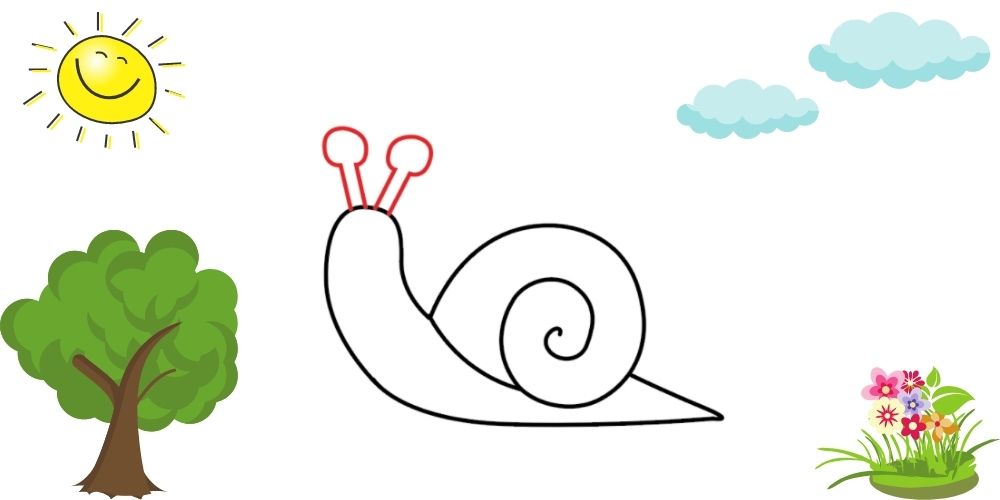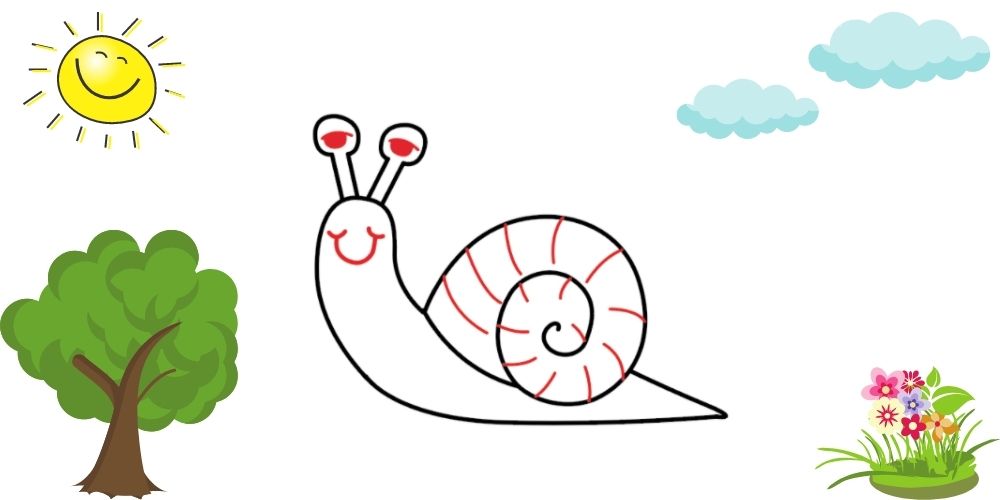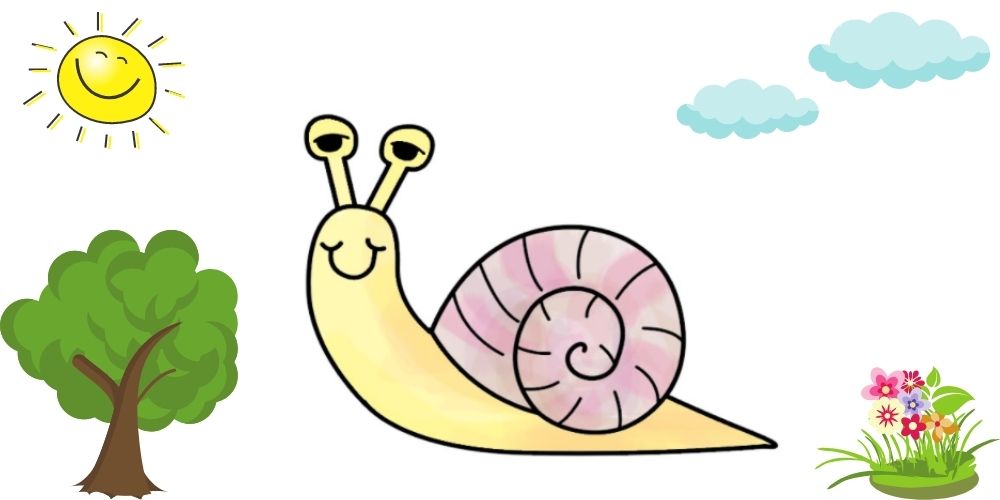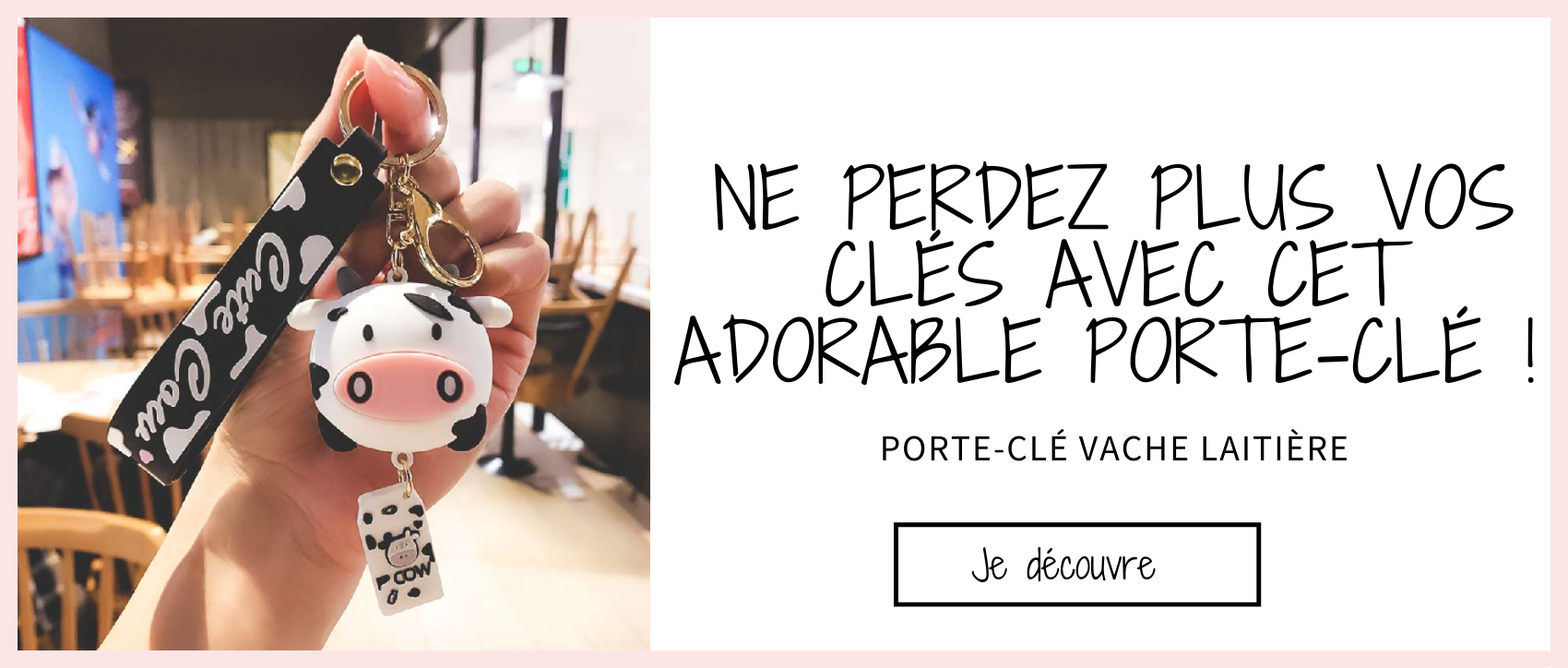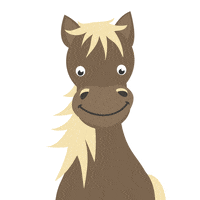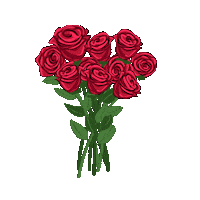We are excited to bring you a new tutorial from our drawing lessons on how to draw farm animals . With us and by following this guide, you will learn how to draw a snail in the easiest way possible. Just follow our detailed step-by-step drawing course to which we’ve added illustrations to make sure you don’t get lost. So you will succeed in drawing a snail very simply and quickly .
Our tutorial, by its simplicity and its playful side, is perfect for all types of people whether children or adults, beginners or experts who are looking for an easy course adapted to their level to reproduce a too cute snail. No need for a particular drawing technique , but you will need the material that we have described below. You can also use this course as a group activity! Whether it’s a fun and interactive activity to awaken and work with children or a challenge between loved ones for older children.
Besides, you have the possibility to download and print our drawing tutorials, this will allow you to have access to them without the fuss with an internet connection or an electronic device, for the little ones the paper format is also more suitable. and will avoid any potential disasters. For all the real snail lovers, we found you this adorable snail-shaped wooden lamp
We advise you to start by making a sketch or an outline of the snail in question, and this, by drawing light lines so as not to mark the drawing sheet too much. We do not recommend using a pen , as it unfortunately does not erase. You can then perfect your technique by repeating the steps. We will also bring you some tips for a successful drawing every time.
The essential equipment for a successful little snail
- To start, you will need something to draw the outlines of the snail. Any material and any ideas are welcome. We can advise you to use a pencil or a pencil, a colored pencil, any pen or a marker (preferably black).
- You will also need a paper support which can be a simple A4-type white sheet , a more rigid sheet such as a canson sheet or other drawing sheet or even a colored sheet (preferably a light color so that your drawing You can also play on the shapes by adopting a square, rectangular, oval, heart-shaped sheet … and of different sizes whether A4, A3 …
- What you will need to color your kawaii snail, be it colored pencils, markers , chalks or crayons, markers, neon lights, paint, water-based paint, oil paint, charcoal, pastels, gouache …. finally you understood here all options are acceptable, it’s up to you. Do not hesitate to differentiate yourself and to be original.
- You will need impeccable equipment, remember to check the condition of your leads or your brushes, you will also need to have a pencil sharpener to have a sharp lead and an optimal rendering without trace of burrs.
- The eraser is also an essential accessory to be able to erase all the small draft lines or all the artistic disasters that may occur.
- Take a good dose of patience and originality , let your desires speak for themselves and do not hesitate to innovate in your material, your shapes or your colors. Art has no set rules, it’s up to you to create your own then it’s up to you!
- Don’t put pressure on yourself, you will succeed in making your little snail, we will explain each of the steps to you little by little, we will detail and illustrate them each time, there is nothing to be afraid of.
- You can also download and print the snail drawing course so you can come back to it at any time.
- To your brushes, let’s go!
Step 1: Sketches of the shell
- The first step of our drawing tutorial aims to draw the first sketches of the snail’s shell . To make it look somewhat realistic, start by drawing a curved line down the middle of your page.
- For this step, it is as if you wanted to draw a half lens. Nothing more complicated. It’s okay if you don’t follow the proportions of the drawings exactly.
- For beginners or less comfortable with drawing, you can replace the shell steps by drawing a simple circle or oval shape. Don’t worry, the end result will still be as beautiful and successful as ever!
Step 2: The purpose of the shell
- It’s time to finalize the shell or the famous “dwelling places” of our little snail and for this you will pull the shell. Do not panic this step is again very simple, you will get there.
- Start at the top end of the line you drew earlier, then draw a circle or oval shape that will take you to the bottom left end of the line from step 1.
- Do not hesitate to refer to the drawing of Charles Le Petit Fermier just below:
Step 3: The Shell Spiral
- The snail’s shell is known for its spiral and interstices. In this step, we will therefore represent the spiral in the shell of the snail.
- Start where you finished the loop in step number 2, from this point you will draw a spiral that will more or less join the center of the shell.
- You have just drawn a snail shell ! The latter can be more or less spaced out or concentrated, there can be one or more loops, it’s up to you.
Do you also like this sticky little animal that is little recognized for its true value? We have concocted a special collection of products with the image of our little snail .
Step 4: The animal’s body
- Now that the shell is pretty much complete (we’ll add some final details later), it’s time to work on the body.
- You can start from the right side of the shell and make the ” tail ” by starting to draw a triangular shape that will form a small point. You will continue this line to the left, in a straight and horizontal way, before going up the shape and drawing a slightly round shape which will represent the head of our tiny snail.
- We show you our sketch, get inspired!
Step 5: The mythical antennas
- Place now to the drawing of the antennae of the snail, these antennae are above its head. This is actually where his eyes are .
- To achieve this is very simple, draw above the head two tentacles that end with round shapes on top for the eyes.
Step 6: The final little details
- If you like to draw small animals from nature, we also have a caterpillar drawing course , don’t hesitate to come and take it!
- We are at the penultimate stage of the realization of our core snail. It’s now the turn of the last little details: the eyes and the mouth .
- For the eyes, we are actually going to draw the pupils , for this you are going to draw in each eye (round shape above the antennae) a circle which will be surmounted by a line. A simple round, filled shape will also do the trick.
- Now let’s move on to the mouth , as far as it is concerned you will make a U-shape at the top of the snail’s head. For more realism you can draw two tiny U’s at each end of the large U of the mouth. This will give your snail a mischievous and playful look.
- It’s easy, right? Also do some details on the shell, these are totally optional, but you can sketch some strokes for more realism and to recall the texture and visual of a real snail shell.
- Congratulations, you have just finished your snail drawing! Easy isn’t it?
Step 7: Bring your snail to life
- And here we are finally at the last stage of the snail, it is now a question of giving it life by giving it color .
- You can choose the colors that you like the most: pastel colors, warm or cold colors, or undertones of brown …. we personally opted for this last solution by coloring the snail in yellow, brown and brown dark.
Conclusion of the realization of an adorable little snail from the farm
We hope you liked this tutorial to learn how to draw a snail and that you managed to get the desired result: an adorable little snail. Our drawing lessons are well within reach of everyone, beginners and children included. If you want to know more about this little known animal, here are some interesting facts about him:
- The largest snail in the world weighed 900 grams and measured 39.3 cm, a mastodon for this animal which measures between 8 and 20 cm depending on the species.
- Snails are used for pollution analysis ! Indeed, their shells are real fossils and retain all the data they absorb, so we can measure the quality of the soil and its contamination by noting the heavy metal composition of the shell.
- Snails, although cute, can in some cases be harmful and harmful to humans and transmit certain parasites.
- Snails can be dextral or sinister , it is actually the way they are rolled up vis-à-vis their shell: on the right or left side.
- Snails are in some cases endangered animals due to the destruction of their natural habitats, their excessive collection or the use of pesticides.
- The snail and its mythical slime has become a highly sought-after cosmetic ingredient known for anti-aging or anti-acne properties.
- Some breeds of snails, such as Burgundy snails, can live up to 6 to 10 years in a lenient habitat and without risk of predators.
- Some breeds of snails can have super amazing shells with rainbow colors due to their diet and the ecosystem they live in.
- The shell of the snail is a real protection for the latter, indeed they hide there as soon as a threat arises.
Charles Le Petit Fermier gives you some tips for the best success of your drawings
- Drawing well takes practice…lots of practice, the more you or your child repeat the pattern, the better you will get and get the pattern you want.
- It is essential to let your sensitivity and imagination speak for themselves . Your drawing will be more successful and more original thanks to this.
- It is up to you to imagine all the colors , shapes , my possible formats . This activity is very playful and you can repeat it infinitely without obtaining the same result, it is up to you to invent all the possible outcomes.
- We advise you to start your drawing with light strokes , just sketching the outlines, with this technique you can easily erase and draw new strokes until you like them.
- If you want a more realistic result, we can advise you to work on the shadows, nuances and perspectives of your drawing.
- If, on the contrary, you want to accentuate the simplistic, cartoon, comic or manga side of your little snail, then you can thicken the lines that draw its outlines. Up to you.
What element of the fauna or flora of the farm will you draw next?
If you want to continue to develop your artistic talents or check that it was not just a fluke and that you liked our drawing course then we suggest you try the experience again by taking one of our other drawing courses. .
Which animal will tempt you the most between the cow and its little horns, the cat and its very soft hair, the sheep with curly hair, the fox and its red dress or the caterpillar and its many legs? Choose from our many drawing tutorials.
